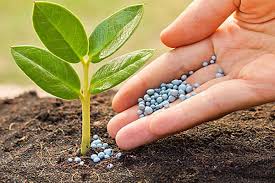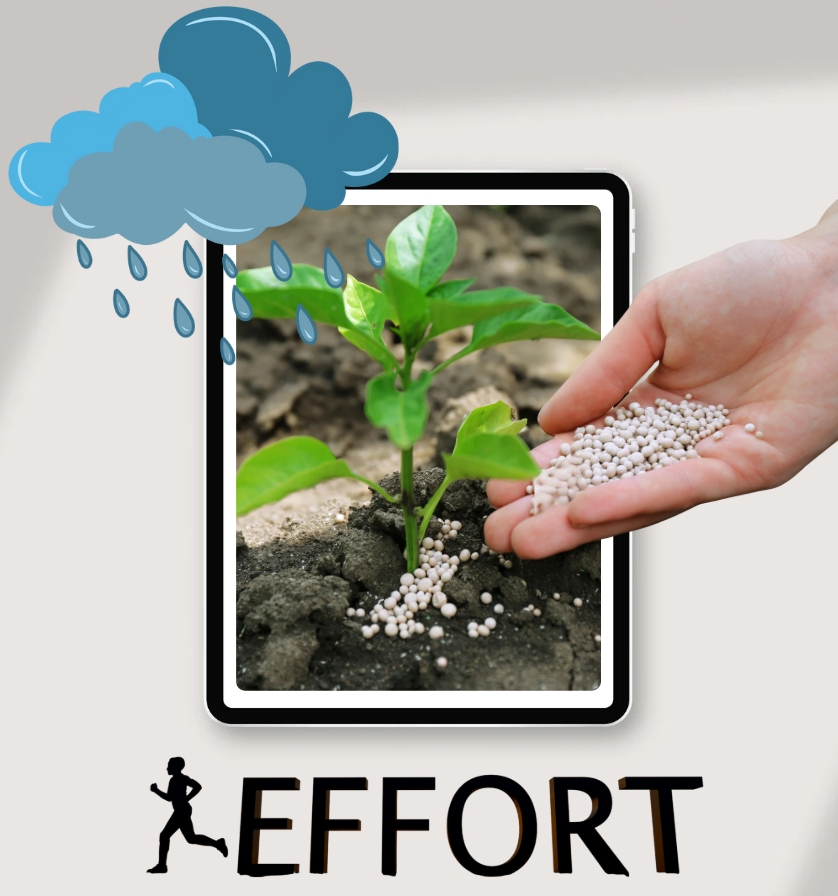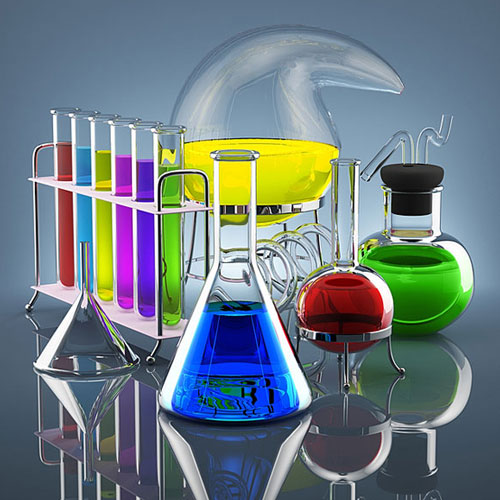
Thiram
Thiram: A Fungicide in Agriculture
Keywords: Thiram, fungicide, plant protection
Thiram is an organic sulfur compound (belonging to the dithiocarbamate group) widely used in agriculture primarily as a fungicide. With its ability to inhibit the germination of fungal spores, Thiram helps prevent various harmful fungal diseases in crops, thereby contributing to the protection of yield and quality of agricultural products.

1. Origin and chemical properties
- Chemical formula: Thiram is commonly known as tetramethylthiuram disulfide (TMTD), with the molecular formula C6H12N2S4.
- Characteristics: Under normal conditions, Thiram is a solid, white or light yellow in color, poorly soluble in water but soluble in many organic solvents. The compound has a characteristic, slightly pungent odor related to sulfur.
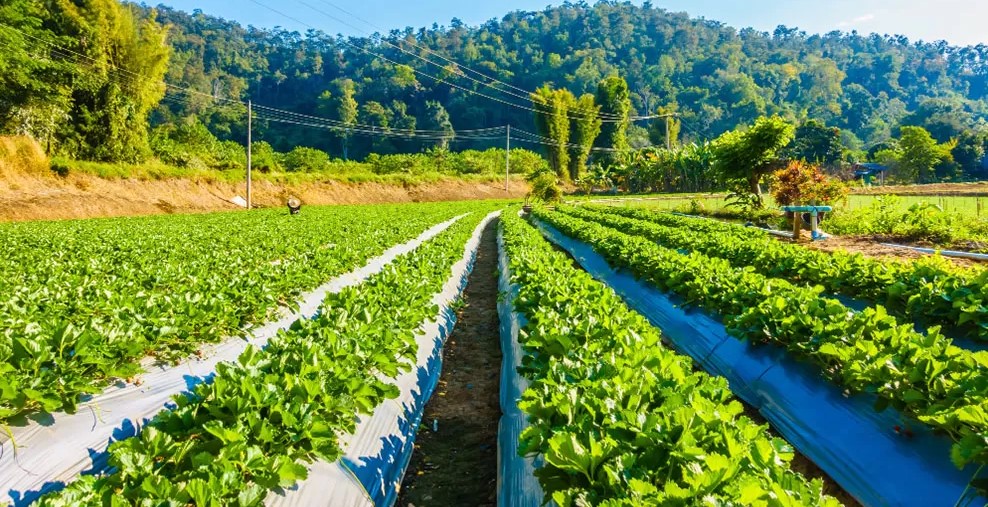
2. Role in agriculture
- Fungicide: Thiram is commonly used to treat seeds before sowing to prevent fungi from invading and causing disease during the germination stage.
- Application range: Many crops such as rice, corn, legumes, vegetables, fruit trees, and ornamental flowers can benefit from the use of Thiram to prevent diseases like downy mildew, root rot, and leaf spots caused by fungi.
- Combination with other active ingredients: Thiram is sometimes mixed with other pesticides to create a diverse control effect, enhancing crop protection.
3. Advantages and limitations
Advantages:
- Prevent mold from an early stage, helping to reduce the risk of crop damage.
- Increase germination rates and growth potential for crops by limiting the negative effects of pathogens while the plants are still young.
Limitations:
- Thiram has a certain level of toxicity to humans and animals. Direct contact, inhalation of dust, or ingestion can cause irritation to the skin, eyes, or mucous membranes.
- The compound can impact the environment if used in excess, particularly affecting soil microorganisms and surrounding water sources.
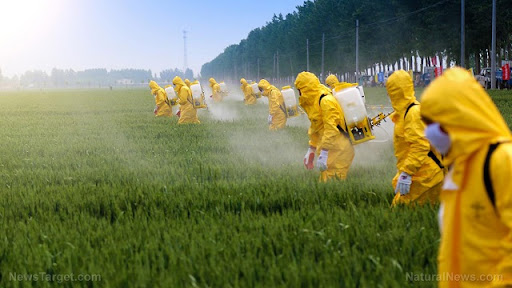
4. Safety in use
- Protective measures: When using Thiram, farmers need to wear gloves, masks, and safety goggles to avoid direct contact.
- Follow instructions: Use the correct dosage, timing, and methods recommended by the manufacturer.
- Withdrawal period: Adhere to the withdrawal period before harvesting to ensure that pesticide residues on agricultural products are at safe levels for consumers.

5. Development trends
In the context of sustainable agriculture, the abuse of chemical substances is gradually being controlled. Although Thiram is an effective fungicide, research and policies are focused on minimizing its use or replacing it with safer biological products. At the same time, the implementation of organic farming practices, integrated pest management (IPM), and crop rotation also play a crucial role in reducing dependence on chemicals.
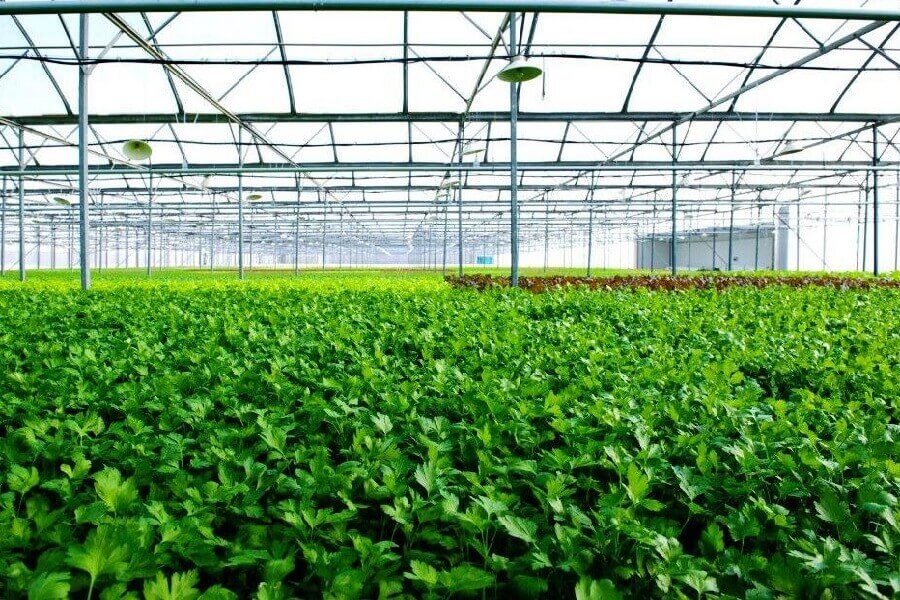
Conclusion
Thiram is an important fungicide that helps protect crops from various fungal diseases. However, for effective and safe use, farmers need to follow guidelines, equip themselves with adequate protective gear, and combine it with sustainable agricultural practices. This way, Thiram will fulfill its beneficial role while minimizing negative impacts on the environment and human health.
Bình luận
Những bình luận mới nhất
